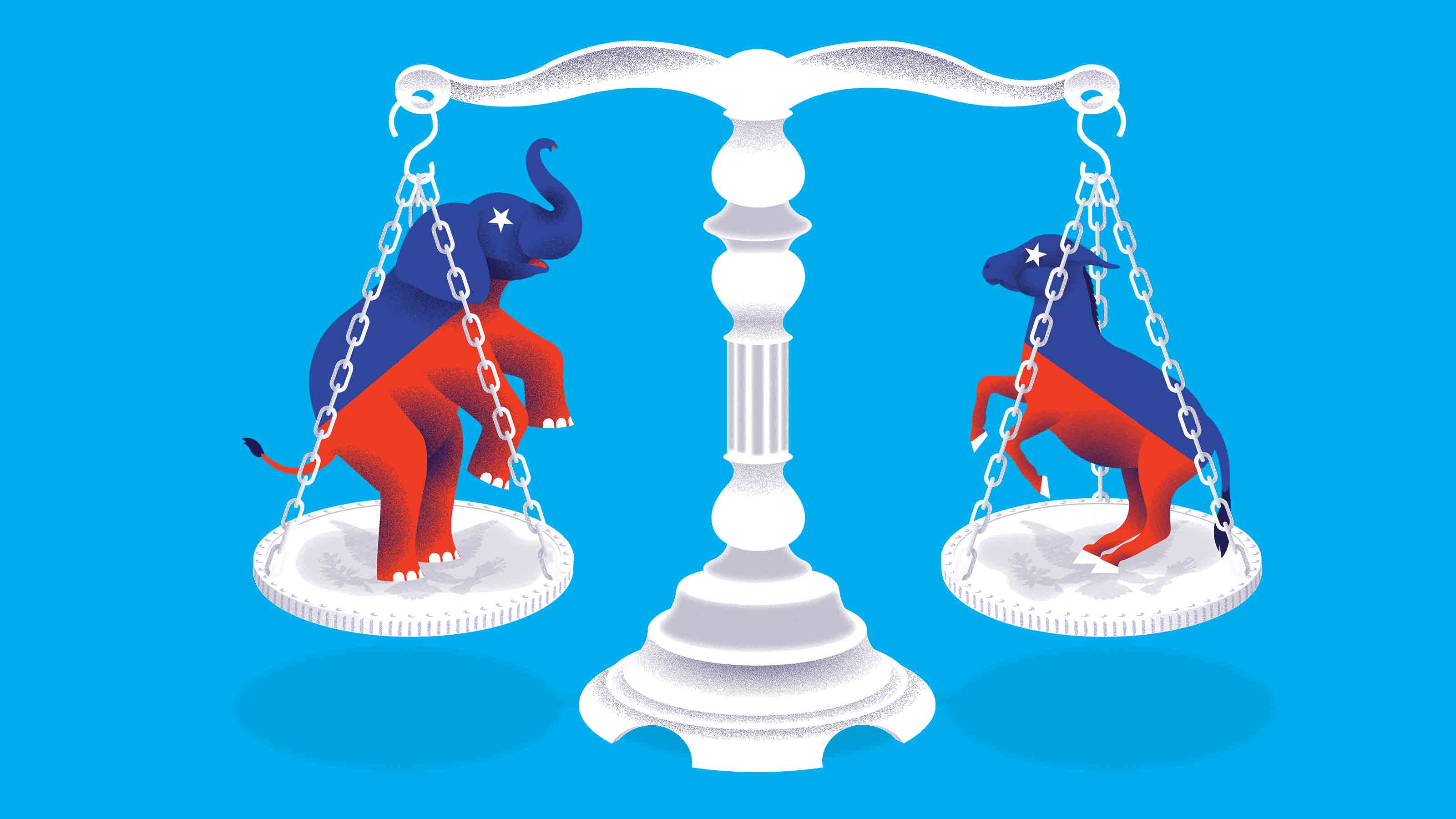Housing’s Revival Losing Some Heat
Problem number one: Not enough growth in jobs and wages.

Don’t expect the housing market to rev up the economy much this year. After two years of robust gains in construction, sales and especially home values, growth is now easing.
Overall, housing will add about 0.2 of a percentage point to GDP this year—roughly the same economic lift that it provided in most of the 1980s and 1990s, but just half of the boost the sector delivered during the boom years of 2002-2006. In 2014, look for housing to add about a third less than its contribution in 2012-2013.
So what’s behind the slowing? It’s a confluence of factors rather than a single problem. First, the exceptionally tough winter took a toll, slashing first-quarter sales and construction starts as ice and snow kept both builders and buyers at home. And now strong head winds will keep the housing sector operating at low speed. Both supply and demand will remain muted, with the exception of some markets, largely in the West and South, where strong job growth is spurring buying.
From just $107.88 $24.99 for Kiplinger Personal Finance
Become a smarter, better informed investor. Subscribe from just $107.88 $24.99, plus get up to 4 Special Issues

Sign up for Kiplinger’s Free Newsletters
Profit and prosper with the best of expert advice on investing, taxes, retirement, personal finance and more - straight to your e-mail.
Profit and prosper with the best of expert advice - straight to your e-mail.
Homeownership rates aren’t picking up much. Though the current rate of 65% equals the average from 1980 to 1999, 14 years of gains have been lost and no pickup is likely before next year.
First-time buyers, particularly, are struggling. Young adults generally have little savings, face a rough job market and are often heavily laden with student debt. This means difficulty meeting tougher credit standards, especially the stricter debt-to-income requirements put in place in January by new Qualified Mortgage rules.
Competition with all-cash buyers, who are now 32% of the market, hits young first-time buyers especially hard. As a result, first-time home buyers now account for less than 30% of existing-home sales and about 16% of new-home sales. Historical averages are about 35% and 25%, respectively. Stricter Federal Housing Administration mortgage requirements play a role, too. Higher mortgage insurance premiums make loans less affordable for low-income households.
But the big stumbling block is lackluster growth in jobs and wages. They’re just not expanding quickly enough to fuel a vigorous home-buying market, and the lack of wage growth means homes with quickly rising prices are unaffordable for many.
Still, demand will likely grow faster than supply. Many builders, the vast majority of them small and medium companies, are finding it tough to secure adequate lines of credit to operate after going through the recession wringer. Skilled workers, who left construction in droves, are now hard to find, and employers are straining to attract and hold on to them. And rising costs of materials, from lumber to pipes to drywall, are squeezing already-thin margins.
These challenges mean growth in building starts will slow, rising 11% this year, down from 19% in 2013. Look for new-home sales to climb by just 8%, less than half the 2013 pace. And sales of existing homes will likely total about 1.5% fewer than in 2013.
Home prices will continue to rise, though at a much more moderate pace than in 2012 and 2013. Figure on about a 4% hike, averaged across the U.S., by year-end—a significant slowing from last year’s double-digit growth.
Profit and prosper with the best of Kiplinger's advice on investing, taxes, retirement, personal finance and much more. Delivered daily. Enter your email in the box and click Sign Me Up.

-
 Gold and Silver Shine as Stocks Chop: Stock Market Today
Gold and Silver Shine as Stocks Chop: Stock Market TodayStocks struggled in Friday's low-volume session, but the losses weren't enough to put the Santa Claus Rally at risk.
-
 Don't Wait Until January: Your Year-End Health Checklist to Kickstart 2026
Don't Wait Until January: Your Year-End Health Checklist to Kickstart 2026Skip the fleeting resolutions and start the new year with a proactive plan to optimize your longevity, cognitive health, and social vitality.
-
 Premium Rewards Cards: More Perks, Higher Fees
Premium Rewards Cards: More Perks, Higher FeesSome issuers are hiking the annual fee on their flagship luxury credit cards by hundreds of dollars. Are they still worth using?
-
 The 2020 Election and Your Money
The 2020 Election and Your MoneyPolitics We’ve assessed how the presidential candidates’ stances on financial issues will affect your wallet.
-
 U.S. Manufacturing Is Already Ailing from Coronavirus
U.S. Manufacturing Is Already Ailing from CoronavirusEconomic Forecasts Supplies are hard to come by, and in the longer-term demand may be at risk.
-
 Will You Have to Pay More Sales Taxes on Your Online Purchases?
Will You Have to Pay More Sales Taxes on Your Online Purchases?business One thing’s for sure: Consumers who live in one of the five states without a sales tax won’t be affected by the Supreme Court’s ruling.
-
 What to Expect From the New Fed Chief
What to Expect From the New Fed ChiefEconomic Forecasts By and large, Jerome Powell will move along the path set by his predecessor.
-
 What a Weaker Dollar Means to You
What a Weaker Dollar Means to YouMarkets Travel abroad is more expensive, but your overseas investments may benefit.
-
 Recession Proof
Recession ProofMarkets So what makes a recession a recession, anyway? This book explains all in plain language, giving readers an understanding of what recessions are, why they happen, and the signs that the next one is on the way.
-
 The Frackers
The FrackersMarkets The Frackers is an excellent, non-technical history of the shale oil and gas boom that revolutionized the American energy industry.
-
 How a Border Tax Would Affect You
How a Border Tax Would Affect YouBusiness Costs & Regulation A plan to limit imports could raise prices but also create more jobs.